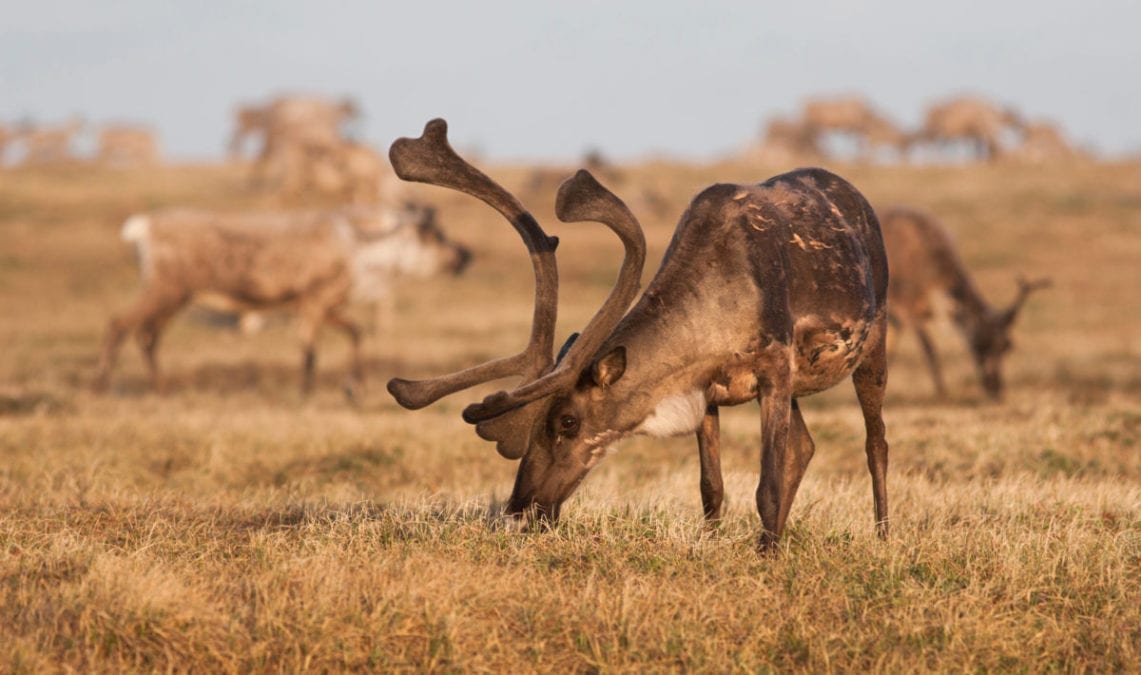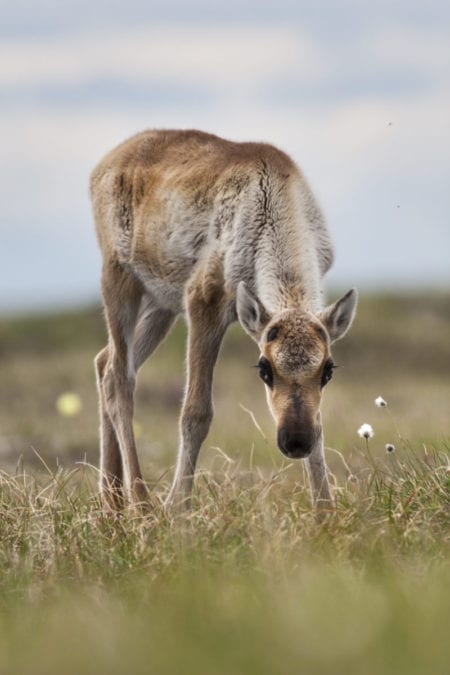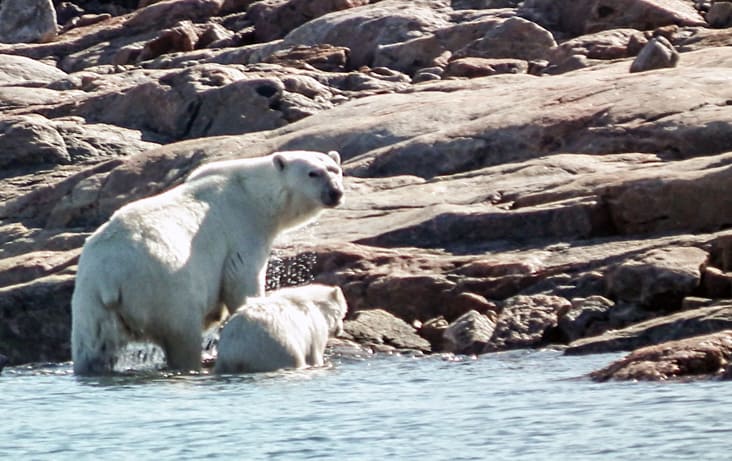Editor's Note: This story has been updated with CIBC's position on oil and gas development in the Refuge.
Soon-to-be-former U.S. President Donald Trump's push to open the Alaskan National Wildlife Refuge is just a show of theatrics, according to Gwich'in Tribal Council Grand Chief Ken Smith.

Photo credit Malkolm Boothroyd/malkolmboothroyd.com
"We've seen this coming and it's been part of our concern that's been raised with the public at this point," he said, noting he was ecstatic with the results of the recent U.S. Election. "Joe Biden and Kamala Harris winning the presidency and vice president respectively was the outcome we were seeking.
"We really view this as a desperate, last ditch attempt by the Trump administration to threaten our way of life. We're going to see a bit of this leading up to January when the transition is finalized."
On Nov. 17, the U.S. Bureau of Land Management issued calls for nominations, which is effectively asking energy companies what parcels of land they would be interested in purchasing. Companies now have until Dec. 17 to respond to which areas of the refuge they would like to drill for oil and gas in. The Bureau of Land Management's website says it intends to put at least 400,000 acres up for bid.
After that, the White House can issue a Lease Sale Notice and Detailed Statement of Sale, which will identify the specific areas being offered. These must both issued at least 30 days before a scheduled date of sale, meaning the earliest a sale could occur is Jan. 18 — two days before Biden assumes office.
But even after the lease sale is signed, there is still a period of review that occurs before the lease is handed over to the company, putting the final decision on Biden's desk.
“This move will not deter him from fulfilling his commitment to preserving America’s national treasures and the local economies and communities they support,” Biden spokesman Matt Hill told the Wall Street Journal Nov. 16.
One of Biden's election platform promises was to “permanently protecting the Arctic National Wildlife Refuge and other areas impacted by President Trump’s attack on federal lands and waters.”
Neither Trump nor major Republican leaders have accepted the results of the Nov. 3 U.S. Election, which saw Democrat nominee Joe Biden win with at least 290 electoral colleges and with a lead in the popular vote of 5,725,051 and counting.
Both the GTC and Vuntun Gwitchin First Nation are calling on all their allies to use the window of time to remind the Bureau of Land Management and any Energy company that is interested in drilling of the consequences of opening the vital caribou habitat for drilling to people's way of life.
"The sacred grounds of the ANWR need to be protected for the sake of the caribou and our people," said Smith. "We are expecting new President-elect Biden to follow through on his election promise to protect this area and stand with the Gwich’in against this proposed violation of our Indigenous and human rights.

Photo credit Malkolm Boothroyd/malkolmboothroyd.com
"The Gwich’in of the Northwest Territories stand with our allies to vehemently oppose any and all plans for development in the ANWR. In the interim, we will be working with our partners to pursue all regulatory and legal options to ensure that our voices are heard, and these lands are protected for future generations.”
Even if the Trump administration is able to sign a lease sale, it's questionable exactly how profitable or how quickly industrial development of what the Gwich'in call Iizhik Gwats’an Gwandaii Goodlit — or the Sacred Place Where Life Begins — would be. The Alaskan Department of Labor and Workforce Development reported Nov. 17 that the collapse in global oil demand in the wake of the Covid-19 pandemic has lead to a loss of 3,100 oil and gas jobs in the state since January. The price of oil has remained below $50 a barrel since April. Alaska currently produces roughly 500,000 barrels of oil a day.
How such development would be financed is also in question — on Nov. 10, Toronto Dominion Bank became the third of five major Canadian banks to commit to not financing drilling in the refuge, joining the Royal Bank of Canada and the Bank of Montreal, leaving only Scotia Bank and the Canadian Imperial Bank of Commerce as potential Canadian financiers.
On Nov. 20, a spokesperson for the CIBC told Inuvik Drum the CIBC's policy is "to not directly finance entities involved in exploration or development related to oil and gas in the Arctic National Wildlife Refuge (ANWR.)" and their policy was now published on their website.
On top of the three Canadian banks, five of the six major American banks and a coalition of 181 investors representing $2.52 trillion in assets have all publicly announced they would not invest in any resource development in the refuge.

photo courtesy Julia MacPherson
GTC is also participating in a lawsuit against the Trump administration to stop the drilling, launched Aug. 24. The lawsuit alleges the defendants failed in their responsibility to examine all possible outcomes, consult with stakeholders or even follow its own rules. It asks the court to put aside the record of decision and prohibit the Bureau of Land management from pursuing the matter any further.
Important habitat for many threatened and endangered species such as polar bears and more than 200 species of birds, the refuge is also the primary calving grounds for the Porcupine Caribou herd — the only herd not in decline and a primary food source for many groups across the North.